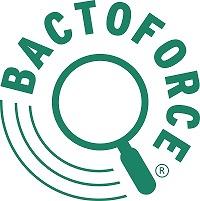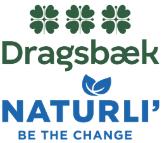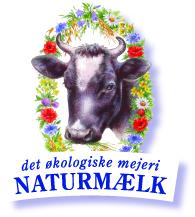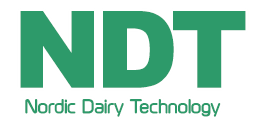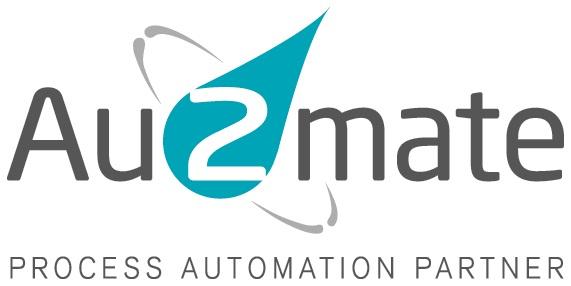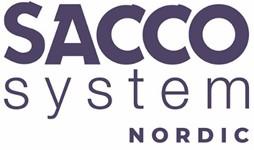
In recent years, side streams have become a hot topic in the dairy industry, as rising awareness on minimizing waste and utilizing hidden and unused resources in all areas have become key issues. The seminar will focus on how the side streams, to include raw materials available at the dairy, can be identified by using, e.g., mass balance tools. Add to this, how such side streams can be converted into value, thereby protecting the environment, and minimizing resource consumption at the dairy.
Several players in the dairy industry will contribute with presentations on specific input relative to optimal resource utilization of, e.g., acid whey and the milk’s minerals, through both known and new methods. In addition, speakers from other industries will provide inspiration for uncovering hidden resources.
Sign up here
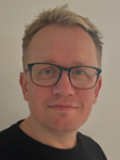
Utilization of Sidestreams
In AFI we discover and deliver powerful nutrition for a stronger tomorrow. The nutrition products are produced by fractionation of whey and milk. The fractionation processes often generate new sidestreams that need to be handled to ensure that the production is sustainable – both in relation to business potentials and in relation to minimizing waste and energy consumption at the dairies. The sidestreams can vary in composition from the different fractionation processes and therefore have different potentials in relation to utilization. The fractionation processes contain many steps and sidestreams and therefore it is very important to have good massbalances of the total production. The presentation will give an overview of milk and whey fractionation vs sidestream handling. The presentation will include a short history of how AFI has been working with valorization of milk and whey – that used to be a byproduct from cheese production used for animal feed.

Upcycling of whey at smaller dairy sites
Utilization of whey on smaller dairies can be a big challenge. In cheese production, you get a larger amount of whey, which you must find an application for. Larger dairies usually turn it into whey protein, but for small dairies without filtration it is not possible to use the same solution.
Naturmælk have been looking into several solution to upcycle the whey without concentrate on it but use it in its natural form. In this way, we have utilized the whey to produce food instead of using the whey as waste/biogas/animal feed.
The presentation will present how we use the whey and talk about why it is sustainable solution.

Utilization of sidestreams – sweet & acid whey by microparticulation
The on-site microparticulation of whey protein from surplus whey allows precise control over particle size distribution, which is essential for developing reduced-fat dairy products with specific textures and nutritional profiles. This technique offers several advantages:
- Increased Process Efficiency: Enhances the utilization of surplus whey.
- Improved Sensory Quality: Maintains desirable taste and texture.
- High Nutritional Value: Produces protein-rich products.
- Customization: Tailors particle size for various applications.
- Cost Optimization: Reduces production costs.
- Rapid Return on Investment: Achieves financial break-even quickly.
This process can use both acidic and sweet whey, creating a range of value-added recipes.
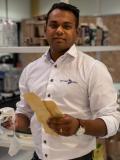
Recycling of used food and beverage cartons
Prounit Frames has developed a new technology that allows to chemically separate various food and beverage packaging containing paperboard, plastic and aluminum into clean fractions which can be reused and recycled into new raw materials for different industrial segments. The packaging materials are used in food and beverage cartons (milk, juice etc.) and metalized plastic materials such as coffee and chips packages along with various Alu/Plastic foils from both post-consumer waste but also industrial waste. Once each fraction is clearly separated, it would mean CO2 reduction. Today this waste fraction is burned after the paperboard fiber has been extracted. Our technology makes it possible to recycle both plastic and dissolved aluminum and thus lower CO2 emissions.
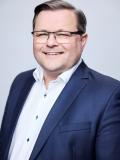
Upcycling of fish off-cuts to high value raw materials
Historical remains from fish after slaughtering and filleting were leftovers with no value. The smaller processors often let it back to the sea where the larger processors sometimes even had to pay to remove it.
It turned into an industry for the production of fish silage adding acid to make oil and proteins accessible including shelf lives for feeding livestock (pork, poultry, etc.)
Norwegian Salmon represents a volume of around 1.5 million tons annually, where approx. 3% is blood, 13% is viscera, 25-30% is off-cuts (head, tail, backbone, etc.) and 54 – 58% is salmon fillet.
The oil and protein in the offcuts represent the same value for human nutrition as in the salmon fillet. Why can it not be recovered and applied for human food, health, and nutrition like the fillets?
Biomega is the story of visionary Norwegians who thought about sustainability and upcycling long before it became a demand from the world around them.
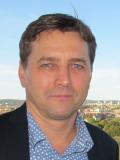
Adding value to sidestreams in the Kenyan dairy industry
The Kenyan dairy sector is a leading food industry, contributing about 4% of the national GDP. Consumption of dairy products is projected to double by 2030 with increasing shares of processed
products such as yoghurt and cheese. This implies an increase in sidestreams and waste volumes, along with related environmental risks, but it also presents opportunities for the valorization of
sidestreams, such as whey, into food or feed products.
In this context, the idea of circular bioeconomy is relevant as it supports a shift from linear production - consumption models to circular models of resource use, addressing environmental issues while promoting economic efficiency. From this perspective the VALORISE research and innovation project investigates and experiments with how circular principles of resource use – i.e., prevention, reuse, and recycling – can be leveraged in the growing and modernizing of the dairy industry in Kenya, focusing on the valorization of the increasing volumes of whey produced by Kenyan dairy processors.
The presentation will introduce the VALORISE project and report on its ongoing activities and preliminary findings, inviting the audience to reflect on how Danish stakeholders can engage in efforts to enhance the environmental, economic and social sustainability of dairy in Kenya.
VALORISE is implemented by Roskilde University in collaboration with the African Centre for Technology Studies, Egerton University, CIAT, and Arla Foods Ingredients. It receives financial support from the Ministry of Foreign Affairs of Denmark. Website: https://valorise.acts-net.org/

Driving Innovation with Responsibility in Cheese Powder Production
Lactosan’s Commitment to Quality, ESG Values, and Innovation in the Global Market
Helping our customers bring new, exciting products to market is our definition of success. These days, success depends not only on the products but also on the emphasis on responsibility in daily business practices, particularly in the realm of Environmental, Social, and Governance (ESG) values.
At Lactosan, we have implemented cutting-edge technologies and closely monitor our sustainable practices to minimize waste and environmental impact.
This presentation will give an overview on how we source raw cheese products, including side streams, to delivering finished cheese powders globally, every step in our value chain is optimized for sustainability and better utilization of resources. The presentation will also show our commitment to quality and stringent food standards ensuring that every batch of cheese powder undergoes extensive testing and control to ensure functionality and taste.
We work closely with leading universities and business partners to optimize our expertise and knowledge in cheese production, cheese powder production, and the utilization of resources and raw materials.
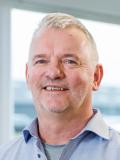
Black Soldier larvae. Nature`s Bio converter
ENORM BioFactory A/S insects can recycle sidestreams from our food industry and upcycle these into valuable food/feed-grade ingredients such as protein, fibre and fat.




